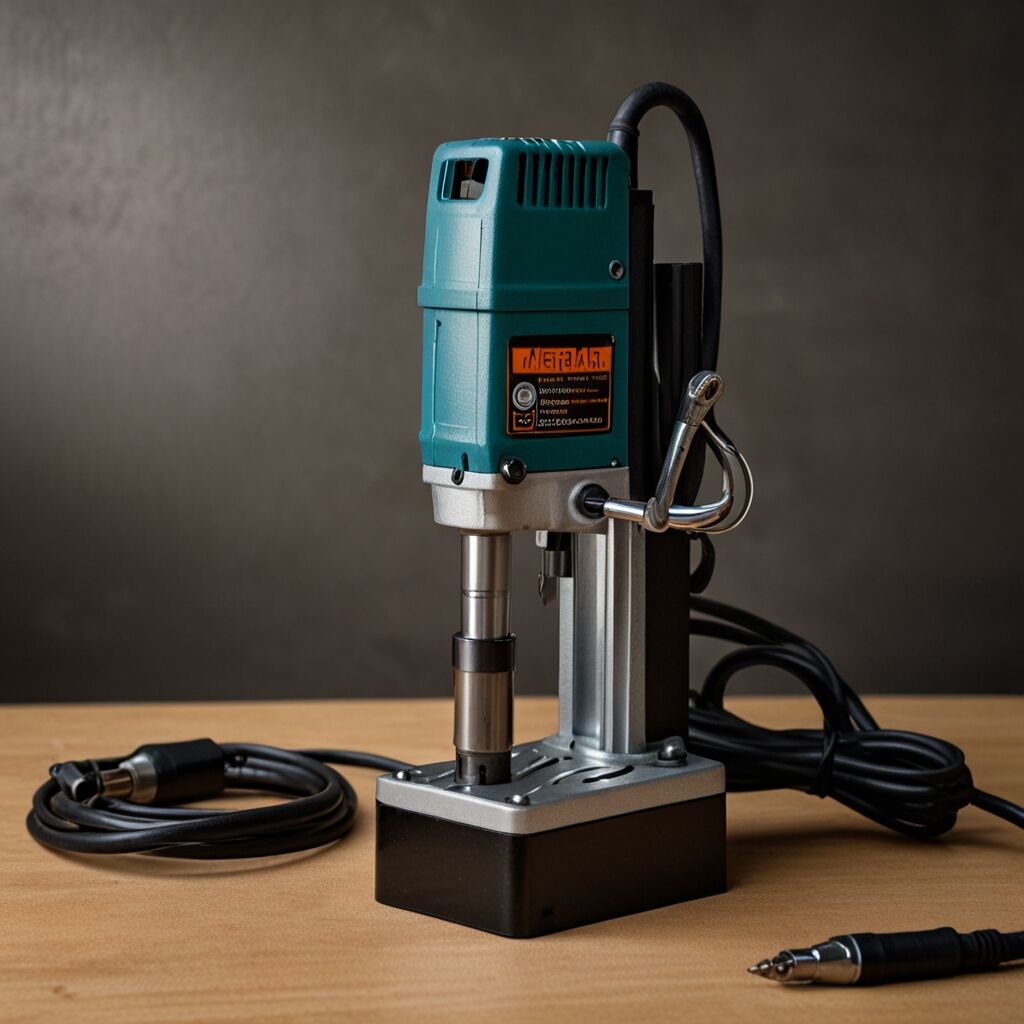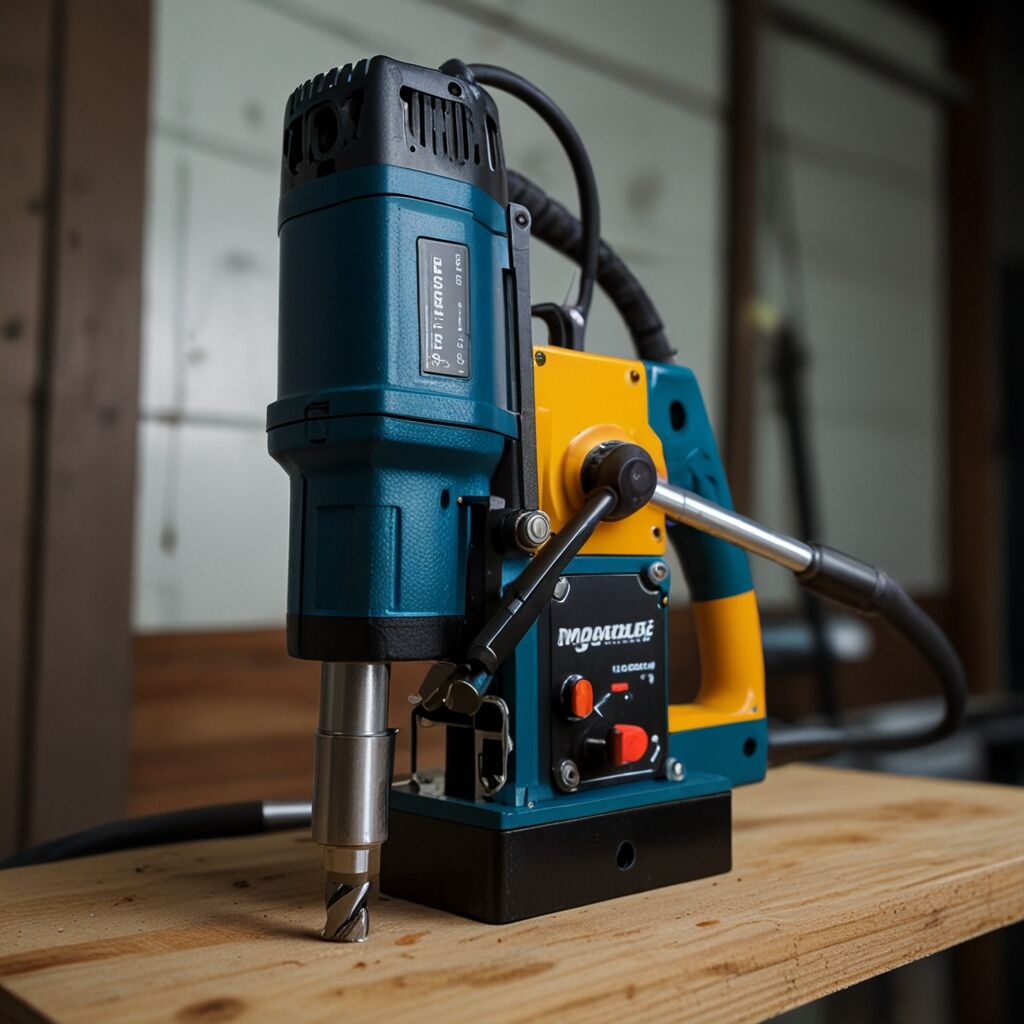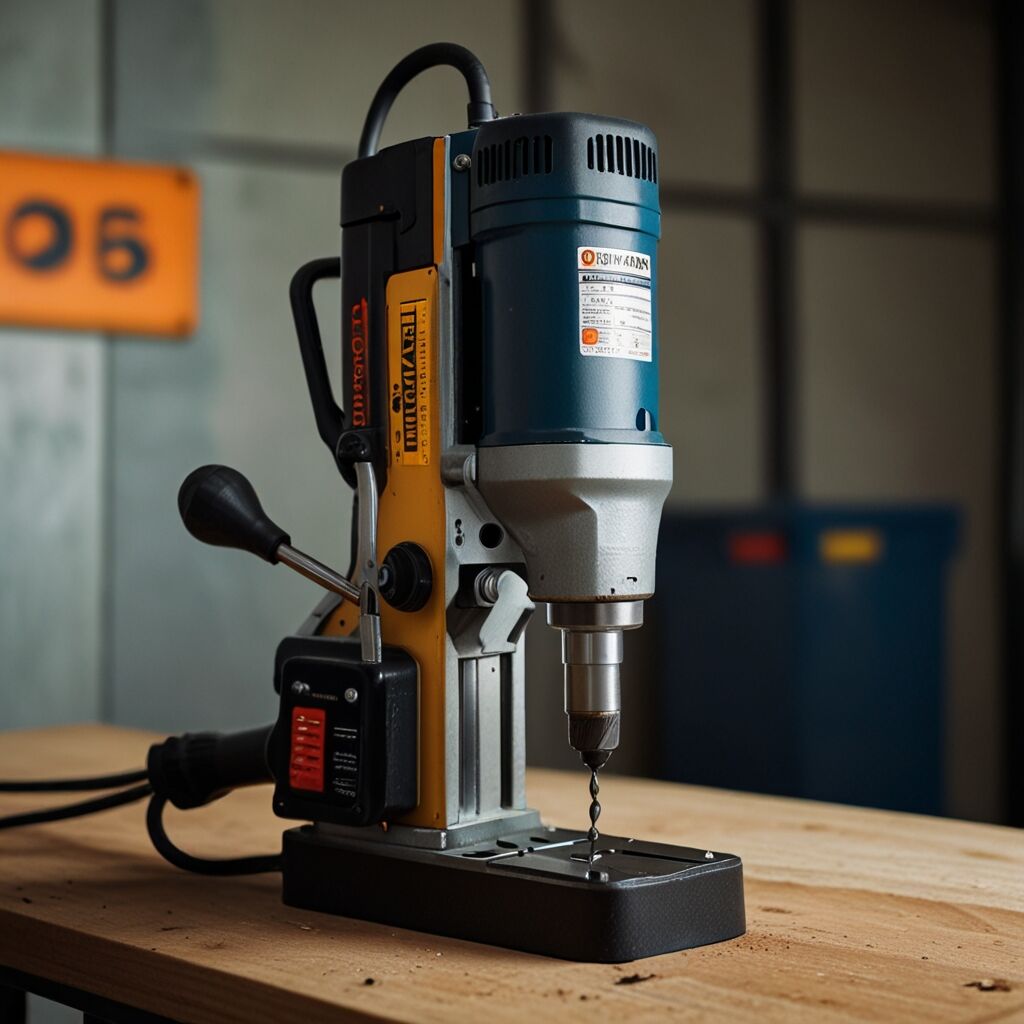For DIY home improvement fans, the WEN BA3959 Band Saw is an essential tool that delivers precision and versatility for furniture making. This band saw cuts deep, allowing users to craft intricate designs while ensuring high efficiency and reliability in every project.

Exploring Features of WEN BA3959 Band Saw for DIY Furniture Projects
The WEN BA3959 Band Saw provides robust features that enhance its performance in home furniture projects, including a powerful 2.5-amp motor and a 9-inch cutting capacity. This band saw can cut through various materials such as hardwood, softwood, and even certain plastics, making it ideal for diverse woodworking applications. The power of the WEN BA3959 directly translates to smooth cuts and the ability to tackle tougher materials without stalling. Additionally, safety features like blade guards and an adjustable table height ensure user protection during operation, promoting a safer working environment for all DIY enthusiasts.

What are the advantages of using a band saw for furniture making?
Utilizing a band saw offers several benefits for woodworking projects, including the ability to make intricate and curved cuts with remarkable accuracy. Compared to a table saw, the band saw excels in delivering smoother curves and more versatile cuts, allowing crafters to create unique furniture designs. A band saw can achieve various types of cuts such as rip cuts, crosscuts, and detailed curves, making it a multifunctional tool in any workshop. Furthermore, it can effectively handle materials up to 6 inches thick, providing the ability to work with thicker wooden boards for substantial furniture pieces.

Cutting Techniques with WEN BA3959 Band Saw for Home Furniture Building
The best cutting techniques for the WEN BA3959 Band Saw include standard straight cuts and precision curved cuts, which allow for detailed furniture components. Special techniques, such as using a thinner blade, enable smoother curves that are crucial for intricate designs in furniture making. Adjusting the blade on the WEN BA3959 is straightforward; users can set the tension and track alignment for optimal performance. Common mistakes to avoid when using the WEN BA3959 Band Saw include neglecting blade tension and overlooking the importance of using the right blade for specific cuts, which may compromise the quality of the work.

How can a band saw effectively create intricate designs in wood?
A band saw effectively creates intricate designs in wood by utilizing specialty blades, such as those designed for finer cuts, enabling detailed work. Users can choose from various blade options, including skip-tooth and fine-tooth blades, to match the wood type for improved performance. The band saw can handle curves as tight as 3 inches in diameter, allowing for highly detailed designs in furniture. Maintaining precision while using a band saw involves securing the wood properly and making slow, controlled movements to ensure clean, accurate cuts.
Maintenance Tips for the WEN BA3959 Band Saw to Ensure Longevity
Essential maintenance routines for the WEN BA3959 Band Saw include regular cleaning, blade inspection, and tightening of loose parts to enhance longevity and overall performance. The blade should generally be replaced every 6 months or sooner if wear shows, ensuring consistent cutting quality and safety. Cleaning methods for a band saw can involve using a dust blower or a vacuum to remove sawdust and debris that accumulates during use. To prolong the life of the WEN BA3959 Band Saw, users should keep the machine lubricated and stored in a clean, dry environment to prevent rust and damage.
What are the key maintenance tasks for a band saw to keep it running?
Between maintenance, the WEN BA3959 Band Saw should ideally be used for around 40 hours before needing attention, ensuring it remains in peak condition. A surprising 30 of sawdust can negatively impact a band saw’s performance by causing overheating and reduced cutting quality. Recommended lubricants for band saw maintenance include light machine oil, which helps reduce friction and wear on moving parts. It is suggested that blade replacement occurs every 3 to 5 months, depending on usage, to avoid cutting complications and maintain optimal operation.
